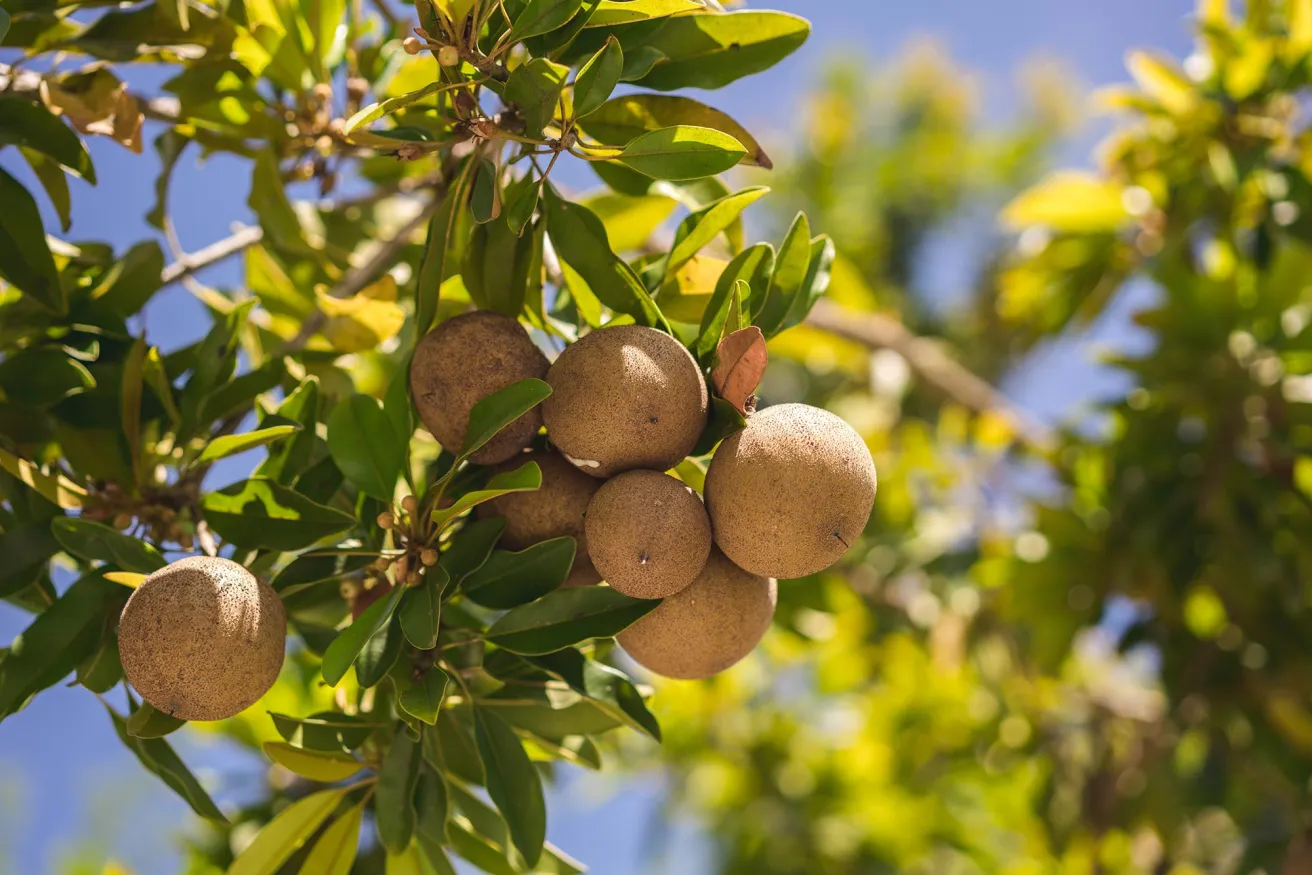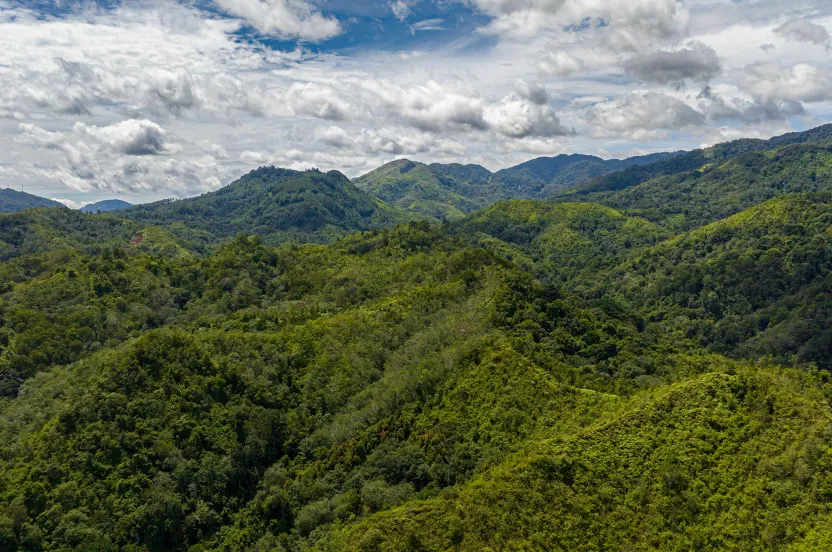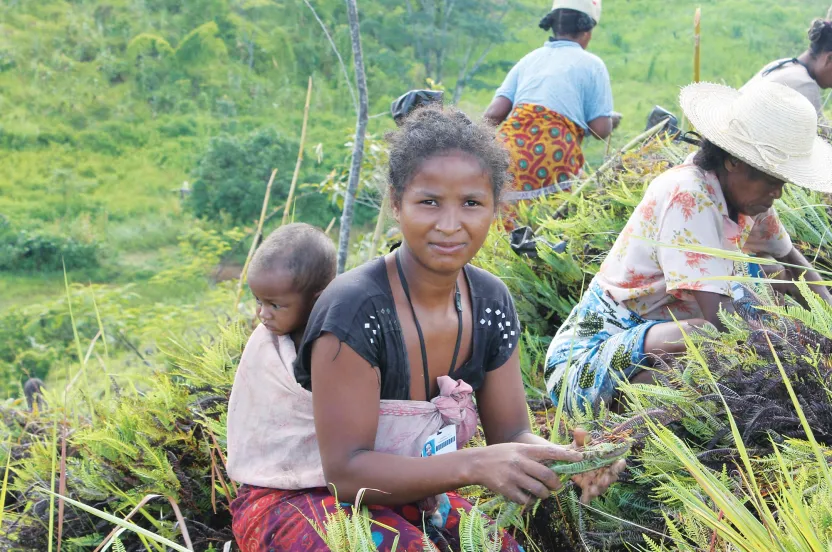Now live: The 2025 Canopy Report. Learn how Americans see trees. GET THE REPORT
Chichleros Continuing a Tradition
Chicle harvesting is a trade that has been passed down from generation to generation in Central America. And it depends entirely on the rain forest.
September 21, 2023

Chicle comes from the sap of the sapodilla tree (or chico zapote), and it is collected by workers called chicleros. Similar to tapping maples trees for sap to make syrup, chicle can be collected for years without damaging the tree.
The harvest of chicle has been a sustainable use of the rain forest for decades. Chicle was the raw ingredient for chewing gum before synthetic components were developed. Real chicle is still being used in some countries (primarily China and Japan), so a market for the product still exists.
A sapodilla tree, or chico zapote, is in the heart of the Maya forest. It can be used to provide jobs and income for local people like Elias, while at the same time keeping the forest intact for wildlife and the other benefits that come from rain forests.
Elias Cahuich is one of the chicle tappers. The 57-year-old native wields a big machete to slice progressively higher diagonal cuts into the moist bark of a chico zapote and lets the white sap drip down into a collection bag at the base of the tree. The latex-like sap is later strained, boiled and shaped into 10-kilo (22-pound) bricks that are sold to companies still making chewing gum from the natural ingredient. Tapping the trees this way does not harm them. The red gashes in the bark seal, and the tapped trees are recognizable by their climbing “X” marks.
"The good thing about chicle is that it doesn’t run out, and it doesn’t destroy the forest. You don’t just go and cut into every tree. We tap a tree and then we leave it for 10 or 12 years before tapping again. Nothing is destroyed, and the forest stays intact. It’s an ecological process." - Elias Cahuich
"My father was a chiclero," Elias said. "He taught me how to work with chicle when I was 20 years old, and I’ve been doing it ever since. Now my son is following in my footsteps."
"In this ejido (communally owned rain forest property), there are seven of us who still practice chicle extraction. All my colleagues are happy about the way the work is going. Based on a study that was done on the capacity of the forest, we have permission to take out 15 tons of chicle per year. We’re only at one or two tons now. If there’s more demand for chicle, I believe that as long as prices are good, we’ll just work and extract more."
Although chicleros like Elias Cahuich continue the tradition, there are fewer tappers now.



